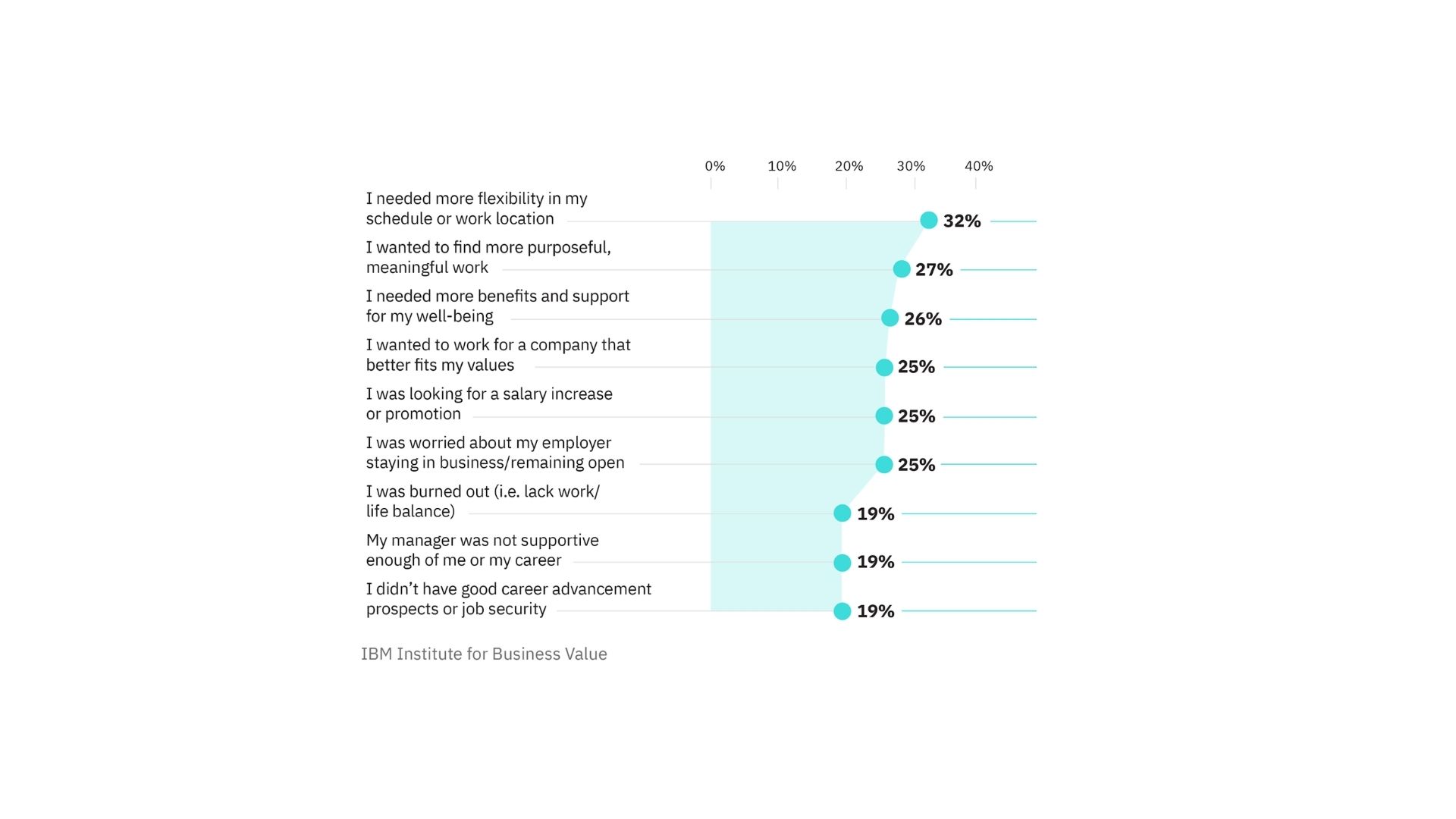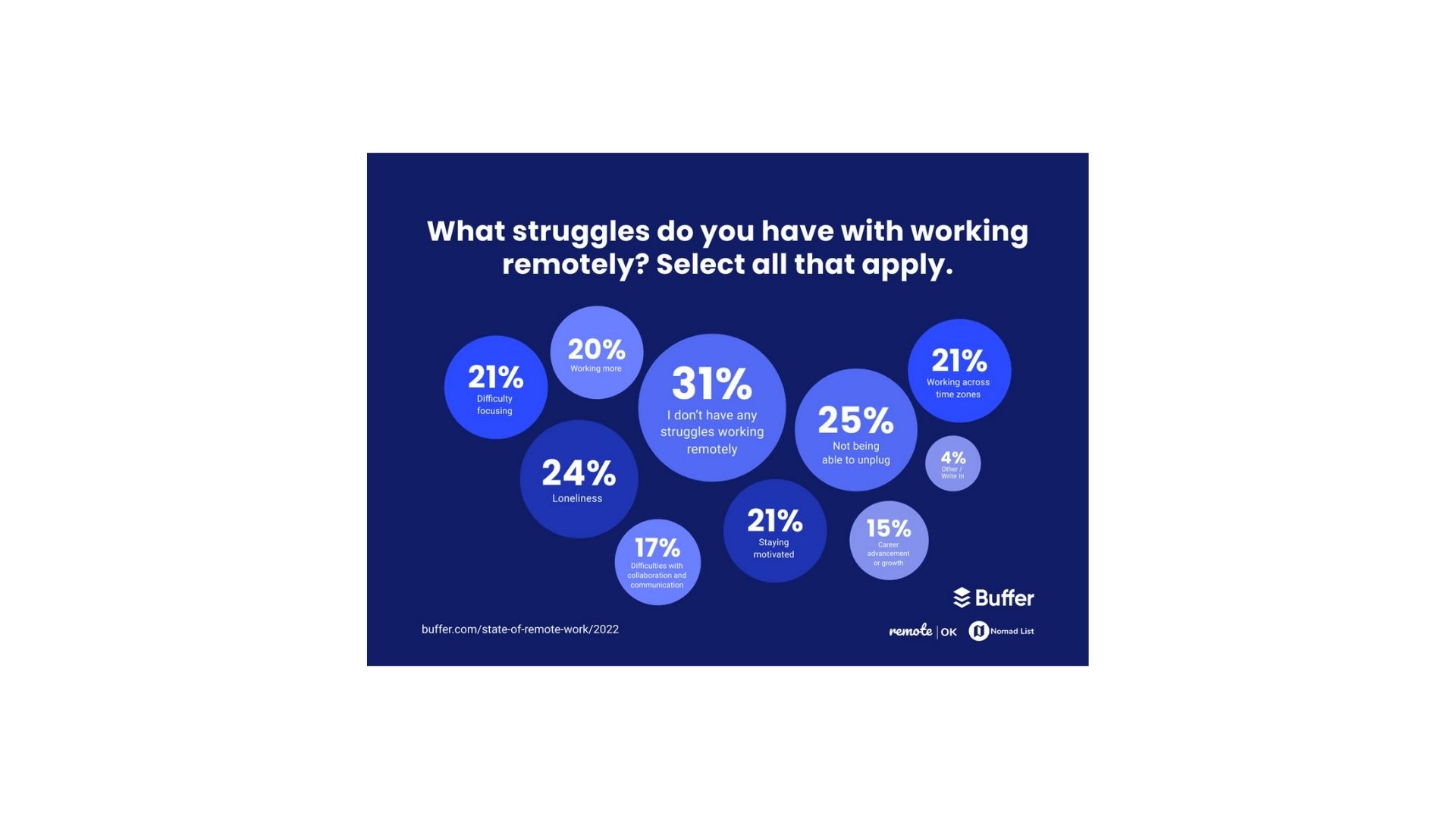5 Remote Talent Management Strategies That Will Help You Retain Your Best Employees
Read about remote Talent Management Strategies to retain your best employees
Remote working is no longer the future of work but the new normal. Most people in the workforce prefer working remotely or at least have the option. That means employers looking to bring skilled remote talent on board have to embrace new remote work trends and options.
Remote working has its advantages, like enlarging the talent pool employers can choose from geographically. However, remote work has also led to high employee turnover rates for companies that cannot implement talent management strategies effectively.
For these companies, it is mainly because the managers are still sticking with old management strategies, which lack the balance remote teams are looking for. Here are key management strategies you need to practice if you are looking to retain your best employees for long:
1. Adopt a flexible management style
Most managers studied and have practised their styles in the office setting for a significant part of their careers. As a result, they struggle to handle remote employees.
Most managers are also reluctant to change their company culture, management styles, and how they measure the remote talent’s success.
But managers should not use the same style used for onsite employees on remote teams. Instead, you need to create a healthy balance and a more flexible style that holds the employee accountable and avoids micromanagement. According to a 2020 IBM institute survey, most people left their jobs due to a lack of flexibility in work schedules and locations.

So, if you’re thinking of establishing a business that retains its best talents, adopt a flexible management style. For instance, instead of being a “helicopter boss,” you can allow employees to create their schedules. As long as they hit the required hours and deliver quality work, then you should be okay with such an arrangement.
You can also use tools like shift planning software to publish work schedules in advance. Then, allow employees to swap depending on their availability. That will build a flexible trust-based system that will motivate your remote talent to be more accountable.
2. Check-in with your teammates regularly
The office setting provides companionship that is lacking in remote working. Remote employees are isolated from their colleagues who challenge and motivate them. That affects their mental health, leaving them feeling lonely and unmotivated.
To solve this, you need to schedule frequent virtual meetings with your remote talent to see how they are coping. There are tons of remote work tools to help you connect better with your remote talent. Ensure you discuss more than just the tasks they should be doing and whether or not they are achieving their goals in the remote meetings. You can also arrange catch-up meetings where team members can just socialize.
The occasional company from the other colleagues can also help reduce the feeling of isolation among your remote talent. You can develop a program that allows your remote talent to have physical meetings or virtual meetings with their colleagues.
An excellent example of such a program is Buffer’s Mastermind Partnership Program. The program allows Buffer’s employees to have an hour-long structured session bi-weekly with someone on a similar peer level. This establishes a deep connection between the peers by giving employees accountability and long-term support partners.
It’s also good to use these meetings to identify creeping issues affecting your remote team’s productivity. Here are a few leading questions whose answers could help you understand your remote talent better:
- What challenges are you facing at the moment?
- What wins have you had since we last spoke?
- How has communication been with the rest of the team?
- What are your goals at the moment?
- How can the company help you achieve your goals?
- When do you take breaks, and how do you recharge?
You can also send your remote employees polls and pulse surveys when the company is looking to make significant decisions. That’s especially critical if the decisions will affect how remote talents work. Doing this helps them feel valued and connected to the rest of the team.
3. Create opportunities for learning
Career development is one of the primary benefits employees seek in today's workplaces. For workers in the office setting, learning opportunities are efficiently executed through training and promotions to more challenging roles. However, most employers tend not to extend the same privilege to their remote talent.

If you put your remote employees in a career-limiting position, be sure they will leave! Also, remember high employee turnover will also cause hiring challenges. It may also damage your brand reputation. That’s why you need to prove you are invested in your employee’s growth.
The best way to do this is by helping your team find learning opportunities that will challenge, motivate, and support their career development.
You can decide to offer in-house training by creating an online training program or pay for external ones. Most training programs have moved online anyway. Platforms like Coursera and MasterClass can help you get great learning opportunities for your remote employees.

Also, ensure you offer customized training opportunities to fit each employee's expertise and personal goals.
If you are looking to build an in-house upskilling program for your remote employees, you can borrow a page from a company like Amazon.
Amazon’s upskilling 2025 program is designed to help its employees gain in-demand skillsets to propel their careers. The company has launched seven programs to help its employees gain higher technical and non-technical skills.
4. Set clear goals for the team
Communication is not as easy with your remote talent as it is in the office setting. Therefore, you must come up with a proper communication framework that’ll ensure every team member is on the same page.
Use that framework to communicate the team's long- and short-term goals. Make sure every member knows their individual roles in achieving the team goal. For example, a content marketing agency may have a goal of distributing 50 pieces every month. But to achieve that, every writer may have to write three 1500-word articles in a week. Editors may also have to do more work each week.
The point here is to ensure everyone knows what they need to do to achieve the ultimate team goal.
After setting the goals for your remote talent, the next step is to outline the Key Performance Indicators (KPIs) for each employee. For instance, in the content writers' example, your team’s KPIs can be the number of articles written and the quality of each piece.
Review your team's performance results often to see if the set goals are being achieved. If there’s a problem, get together with your team and discuss the issue. Use that meeting to determine whether the problem was the goals or if your remote employees are struggling with something.
5. Offer employee wellness programs
According to Buffer's 2022 Remote Work report, overworking and loneliness are the main struggles facing remote talent. The two leave most of them demotivated, which affects their performance. Therefore, ensuring your employees are mentally and physically healthy should be a priority.

Creating an employee wellness program is one way to ensure your employees remain healthy, happy, and motivated. However, there is no one-size-fits-all wellness program template. That means you have to create one with your team from scratch. The advantage is employee participation equals more employee engagement.
Here are some great ideas you and your team can incorporate into your wellness program:
Let’s say you’re working with remote talents like freelance programmers. These guys usually sit indoors for long hours and are more likely to miss their break periods. In such a case, you can encourage them to take more outdoor or physical activities by offering gym memberships. You can also offer to reimburse the money they spend on fitness equipment and gym memberships.
Virtual lunch and learns are also an excellent option to ensure your remote talent's mental health stays optimal. These are relaxed training sessions, usually over lunch hours, hosted by different in-house or outsourced professionals like financial advisors or therapists.
Here is an example of a virtual lunch and learn held by the Davis Square Architects team. The company has lunch and learns to discuss ways to give and get ideas on the best practices and projects.

You can also have easy initiatives like sending regular emails and texts to your employees and reminding them to take care of themselves.
Conclusion
Your company's talent management strategy can either retain or drive away your remote talent. Managers can ensure they retain their best remote employees by following the tips in this article. Have a flexible management style, regularly check in on employees, create upskilling opportunities, set SMART goals, and offer employee wellness programs.
Implement these strategies, and you will create a healthy remote working culture that will keep your employees happy, motivated, and in your company for long.
Auythor’s Bio
Owen Jones is the Senior Content Marketer at ZoomShift, an online schedule maker app. He is an experienced SaaS marketer specializing in content marketing, CRO, and FB advertising. He likes to share his knowledge with others to help them increase results.